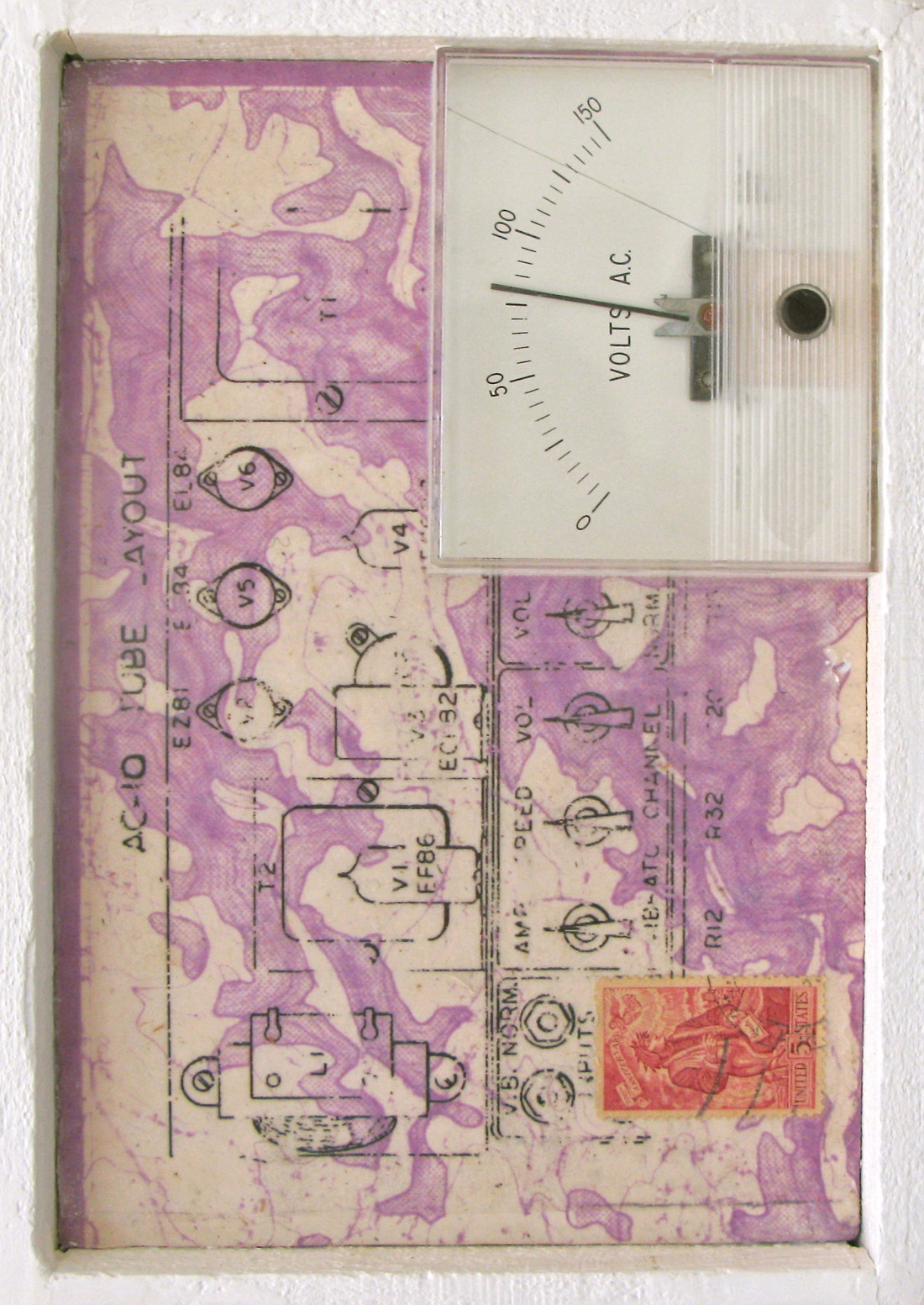The number of audio and music-related iOS apps has exploded lately and so has the need for ways to get sound in and out of the iPhone, iPad, and iPod Touch. There are a good number of such interfaces available now, yet common problems with these include noise, RF interference, and plain old cruddy sound quality. Sonoma Wireworks, creators of the FourTrack, StudioTrack, GuitarTone, and Taylor EQ apps, has addressed these issues with the diminutive and very elegant GuitarJack 2. Last year, I had a chance to try the first incarnation of the GuitarJack, and though I appreciated the sound quality and robust build, I was dismayed that it would only work with an iPhone or iPod Touch. To me, these devices are just too small to provide a reasonable user interface for anything but the most casual recording tasks.
Ah, but GuitarJack 2 is now compatible with the iPad. Huzzah! Many (myself included) have been finding the iPad's size and immersive qualities quite addictive when it comes to music-related apps. The GuitarJack 2 has proven to be a very nice supplement.
Physically, it's a thing of beauty - and sturdy too. It feels like a nice solid block of aluminum and is about half the size of an iPhone. There's a 1/8'' mini jack on the left side, for stereo mic/line input, and a 1/4'' jack on the right side for mono guitar/instrument input. Yes, you can do simultaneous recording of both guitar and a mic'ed signal - the GuitarJack 2 is likely the smallest iOS device that allows this. The right side also has a 1/8'' headphone/line out jack, and on the "top" edge of the unit is an iOS connector that plugs into the bottom of an iPhone, iPad, or iPod Touch.
I tried the GuitarJack 2 out on both my iPad and iPod Touch, using a variety of apps such as FourTrack, GarageBand, and Moog's Filtatron (a fave). Worked like a charm and sounded fantastic with both electric guitar and line-level signals. Very quiet with plenty of headroom, and not a hint of RF hum. I did notice a tiny bit of latency when using it - definitely not enough to be annoying, just enough to notice. Curious about the specifics of the latency's length and where it originated, I asked Sonoma Wireworks for the specs and was told the following: "GuitarJack's latency is 40 samples, which is a little less than 1 ms. The OS itself adds 176 samples. The FourTrack app's input and output buffers are both 512 samples. This number could be reduced, but we want FourTrack to run on as many devices as possible. The overall latency of running GuitarJack and FourTrack with input monitoring on is about 1240 samples, which is about 28 ms."
The only operational trouble I ran into, unfortunately, was due to the rigid connection between the GuitarJack 2 and its host. I found that care must be taken to not jostle the conjoined devices while using them, as the circuit can easily be lost. Also, connecting to an iOS unit that has a case or sleeve can be difficult or impossible; there's not enough clearance for a good connection. Either the case must be removed or an extension cable employed. This complication is one of the few bummers about this otherwise sleek and awesome-sounding device. My suggestion to overcome both of these shortcomings is to simply use an inexpensive extension cable. It may not be the most elegant solution, but it works with any case/sleeve and makes the connection less fragile.
With an ever-increasing stable of ever-improving audio apps for iOS, the GuitarJack 2 is a portable, affordable, dependable, and great- sounding accessory. ($150 street; www.sonomawireworks.com) -Pete Weiss, www.weissy.com




_disp_horizontal_bw.jpg)